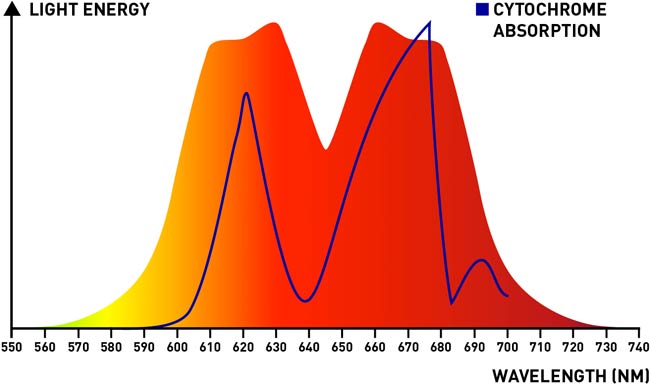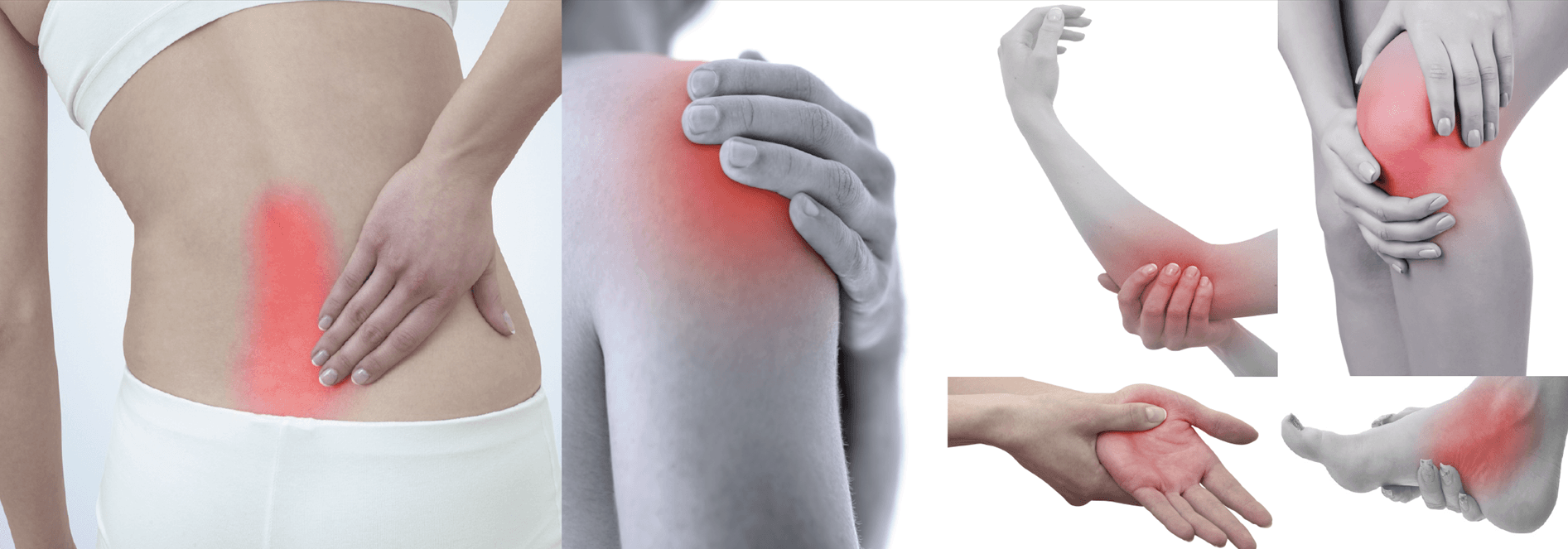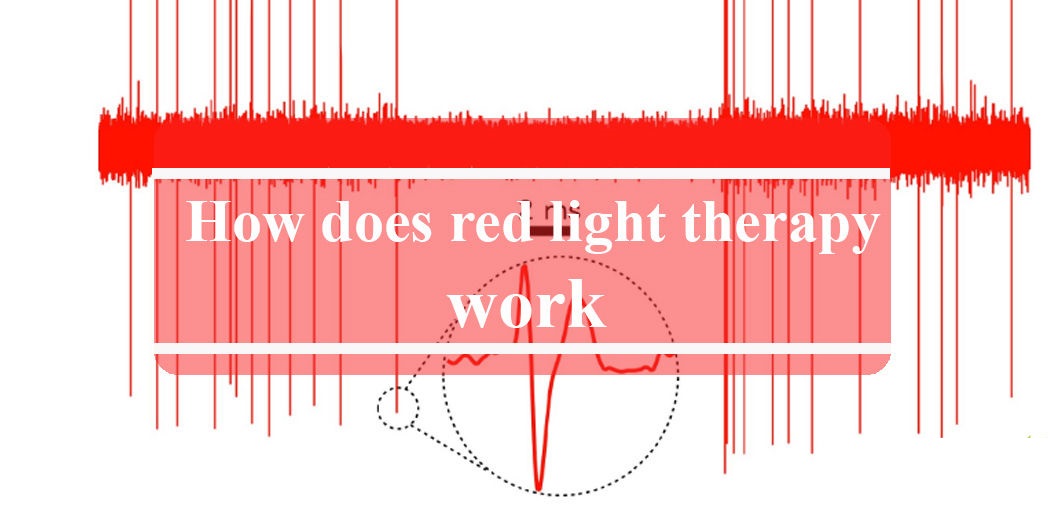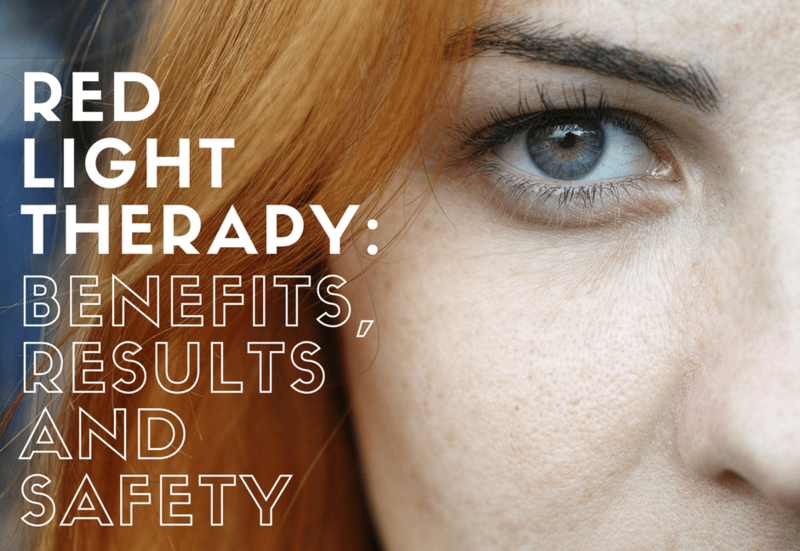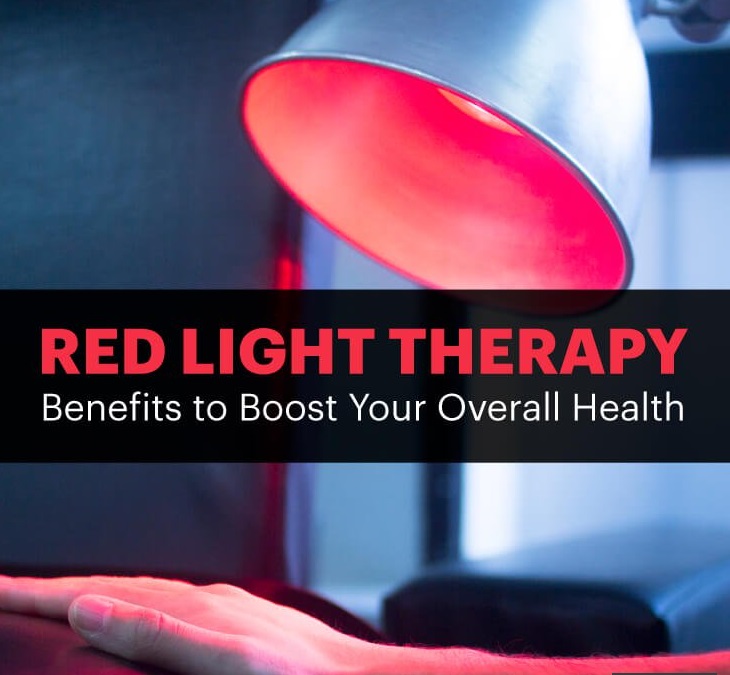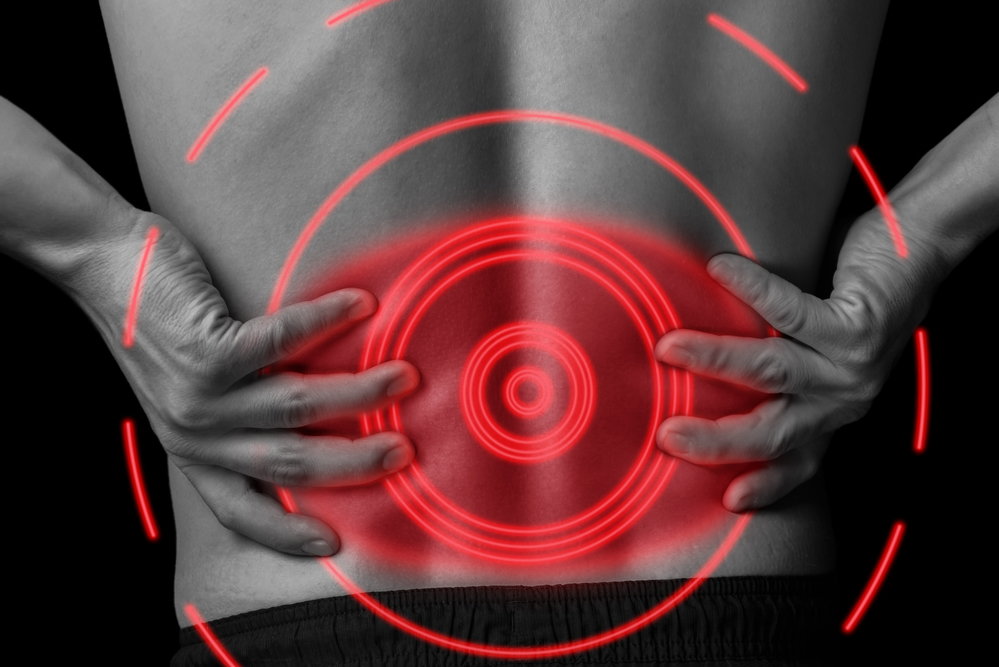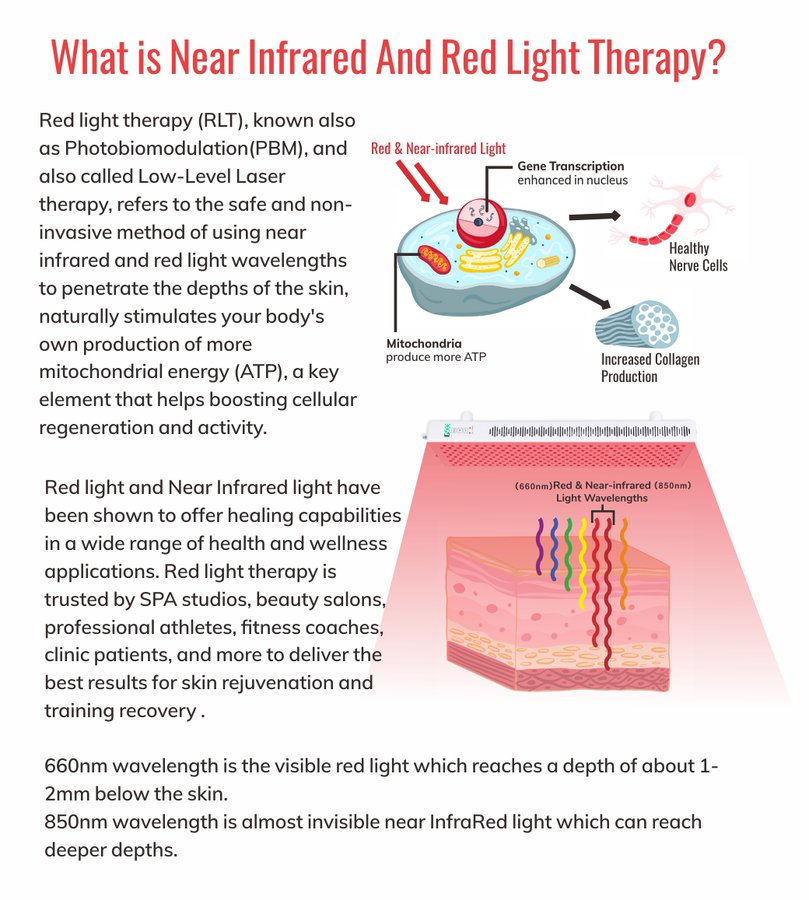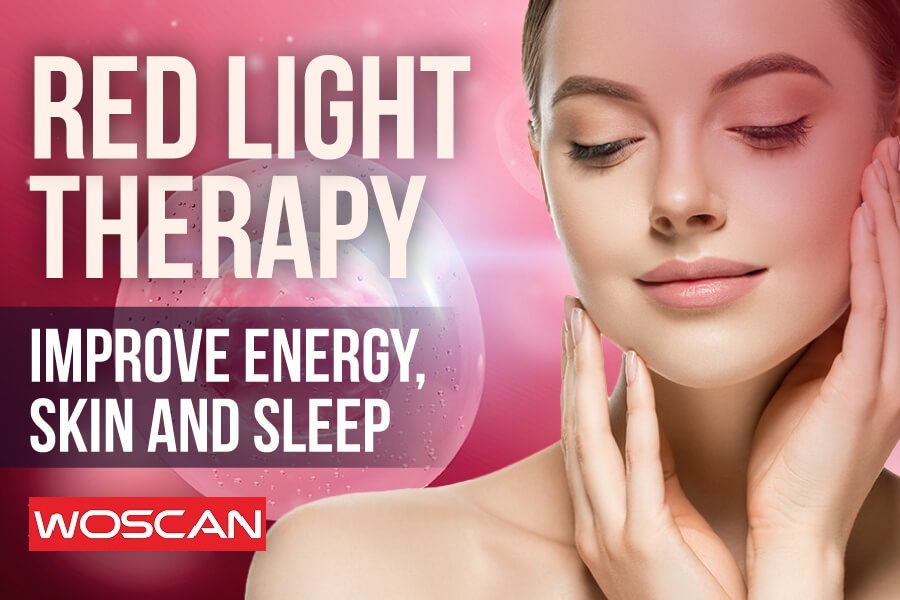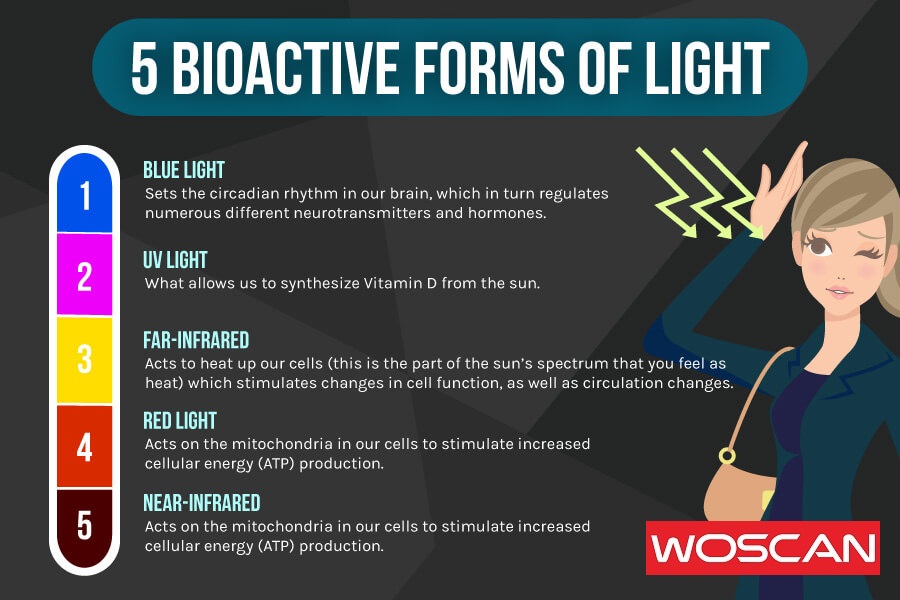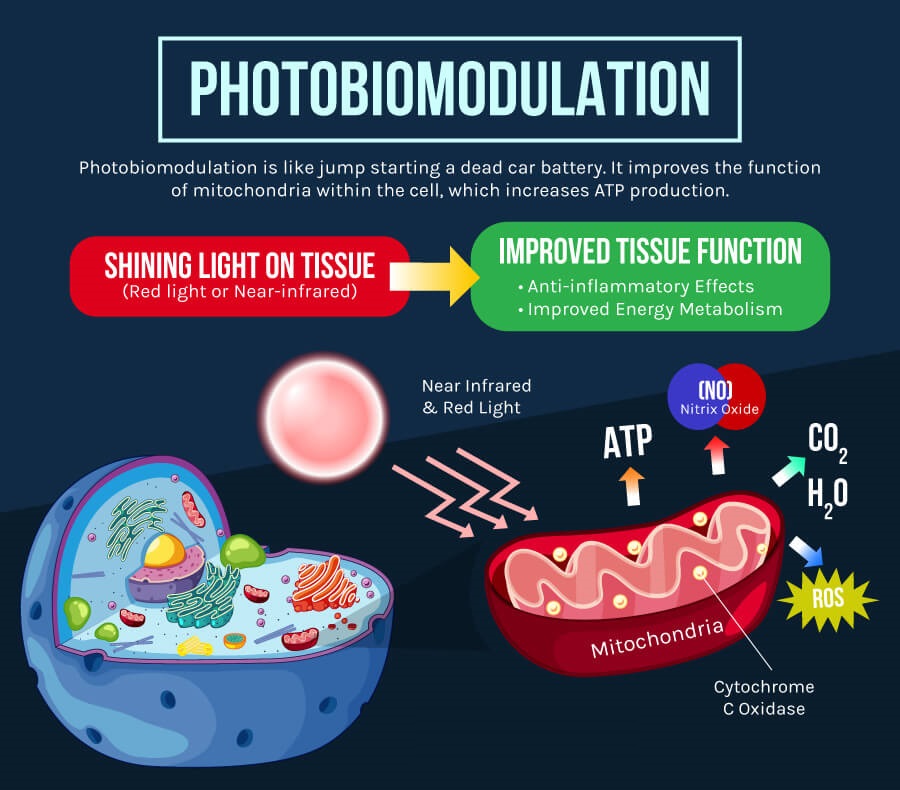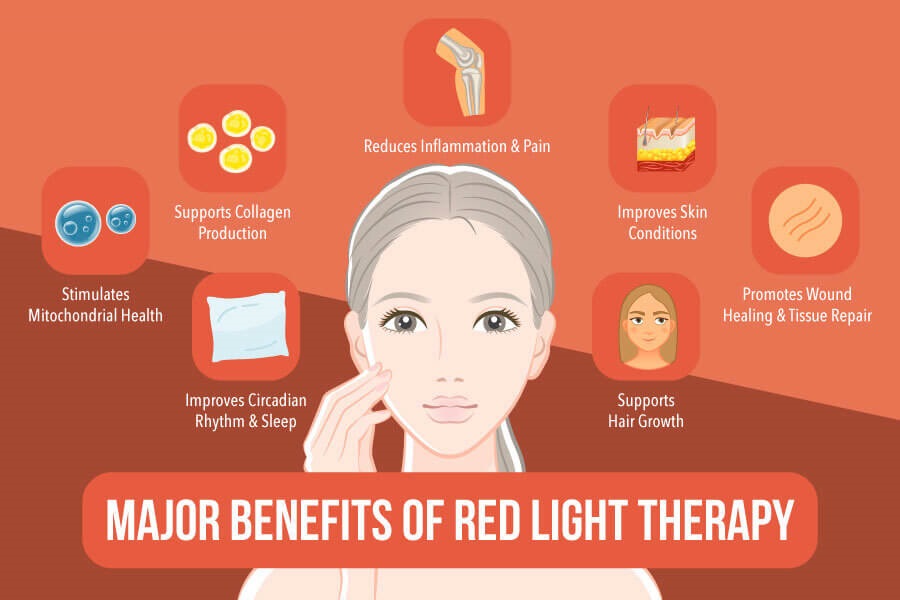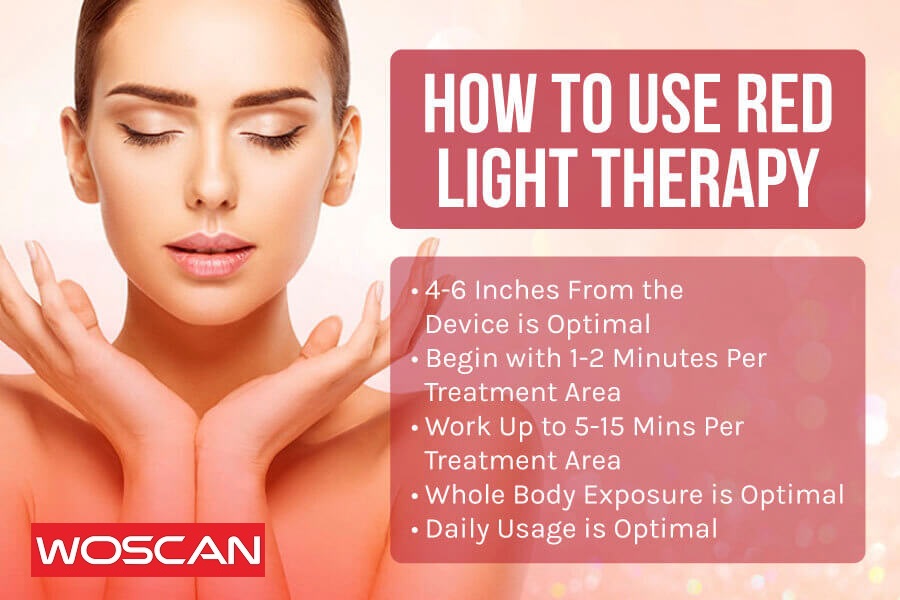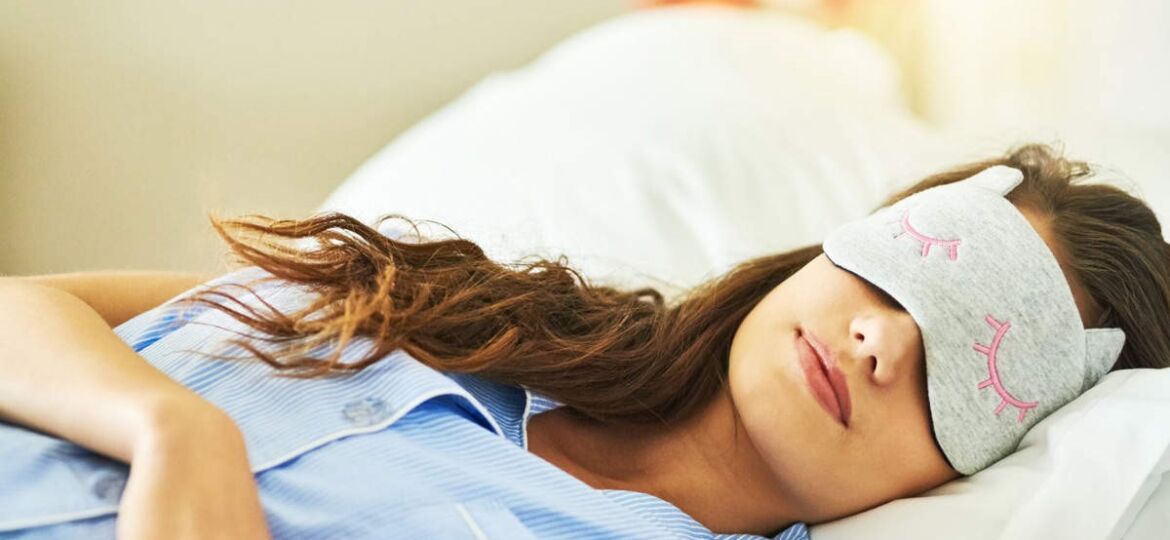
Nowadays, sleep problems are very common among adults. Especially the lack of sunshine in winter, combined with artificial indoor lighting and blue light from the screens of smart phones, computers, will affect our circadian rhythm, which will affect our energy, mood and sleep.
You may have realized the health risks associated with chronic sleep problems. But many people don’t realize that red light plays a vital role in our sleep cycle.
Benefits of red light therapy include (but are not limited to):
- Anti-aging (reduce skin wrinkles and fine lines)
- Skin improvement (psoriasis, acne, skin color)
- Wounds and wounds heal faster
- Treat hair loss and promote hair growth
- Alleviate the symptoms of depression
In addition to the obvious physical benefits, do you know that red light therapy can also help you improve your sleep quality and work efficiency?
Scientific research on red light therapy
There are many clinical studies on the effect of red light therapy for sleep. For example, a study shows that migraine sufferers have much less headache and sleep problems.
Another study showed that short-term exposure to red and near-infrared light before sleep increased melatonin levels of participants in the study.
Melatonin is a hormone that helps regulate our sleep cycle. In fact, it is generally recommended to try to combine natural melatonin supplement with red light therapy to treat insomnia and other diseases.
How does red light therapy work?
Red light therapy equipment can emit red light at 660nm and infrared light at 850nm. Research shows how red light therapy can help you recover circadian rhythm and get more sleep.
Red light therapy is also called photobiological regulation, and its function is opposite to strong light. Red light therapy is designed to imitate the red light frequency of sunset.
The red light tells the body to produce and release melatonin, and sends a signal to the body, telling us that it is time for our body to sleep, and our body starts to produce melatonin, which can help you fall asleep.
As we all know, blue light is bad for sleep quality. Surrounded by blue light at night will keep you awake and awake, but using red light can help you fall asleep.
Real Sleep Patient Use Red Light Therapy Review
“When my husband was sleeping, I used it many times by the bed. The advantage of NIR is that they are invisible, while red light can promote sleep.
Since using this red light therapy device, I have found that I sleep longer and healthier. I turn on the red and infrared switches at the same time, and I have physical therapy for 20 to 30 minutes every day, at least 4 times a week. “



